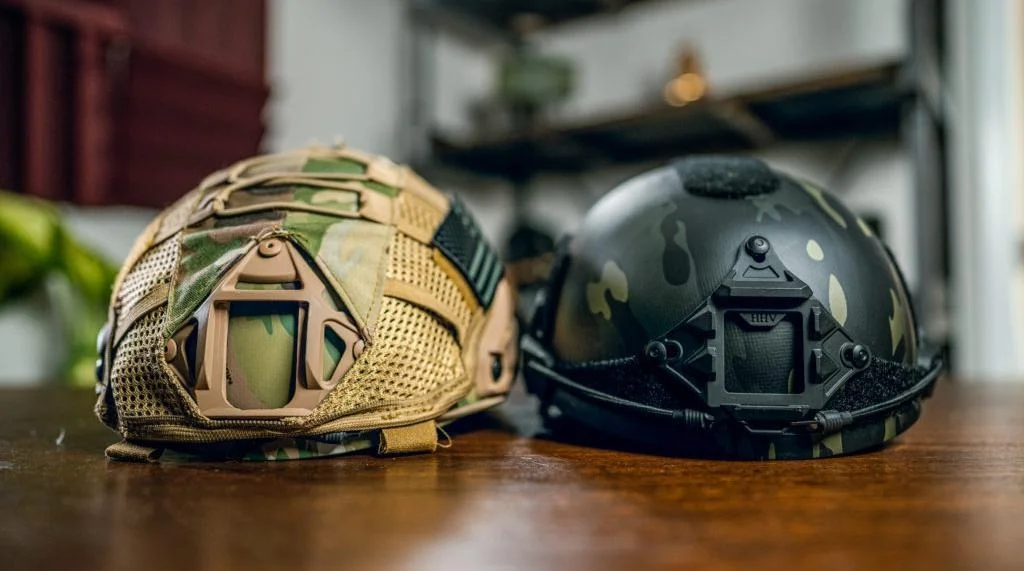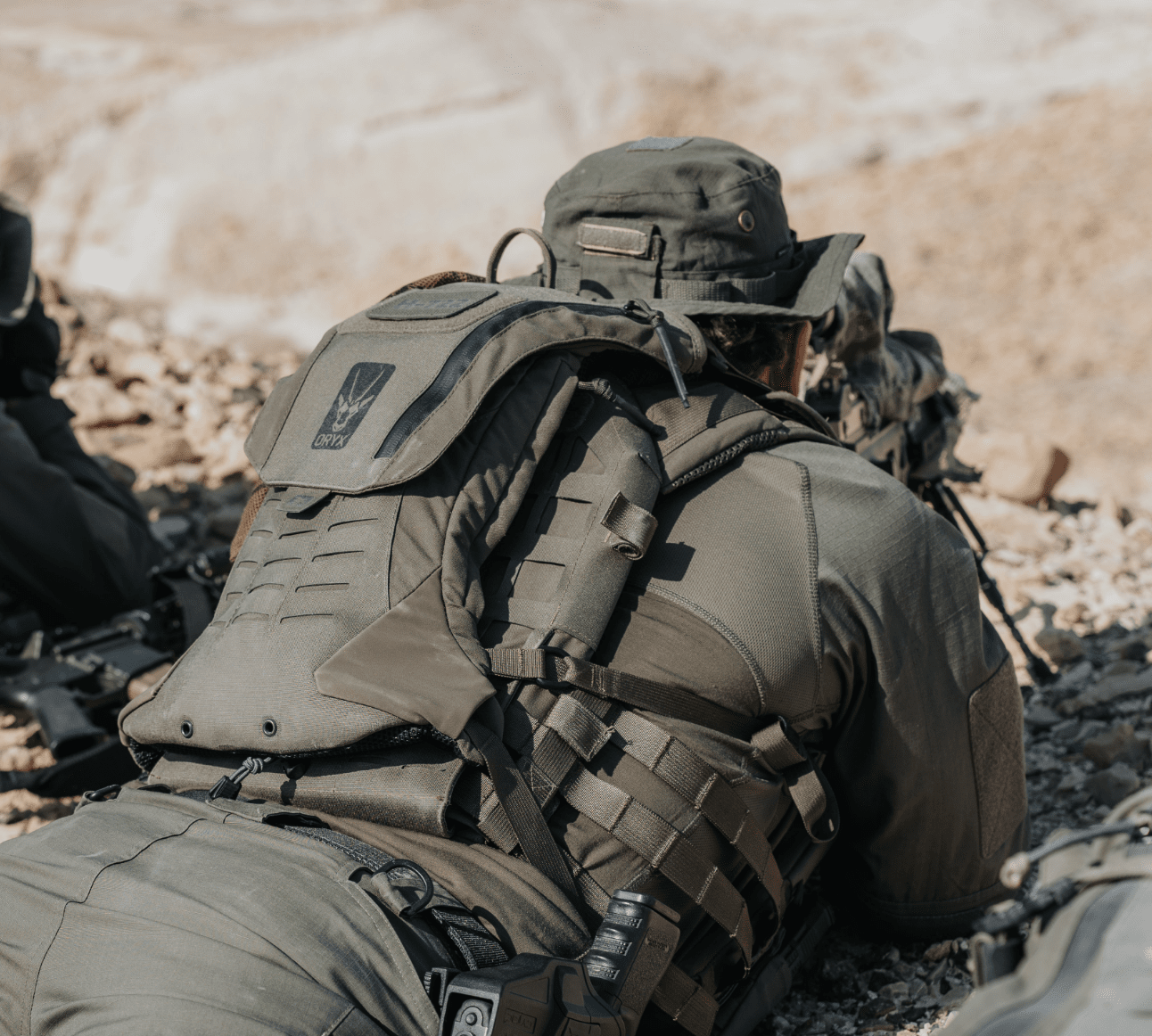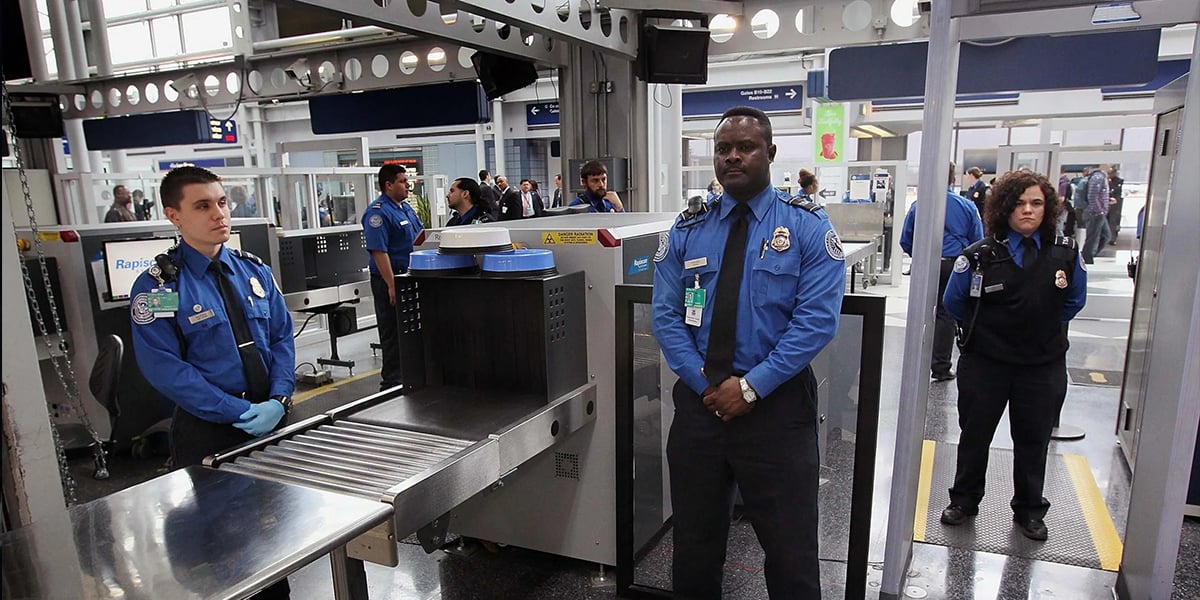Body armor is no longer just the domain of the military and law enforcement. Other first responders, such as firefighters and emergency medical technicians, paramedics, security guards, and an increasing number of civilians, are already donning body armor of one form or another as a result of the world we live in.
Can You Travel with Body Armor?
Of course, wearing body armor for personal safety at home, around town, or at work is not against the law in your country. But what if you want to travel with your body armor, either domestically or internationally?
Traveling may be a stressful experience in general. When you go to airport security, you start wondering if everything you own is a prohibited item. We've all been there, from forgetting to empty your water bottle to have to toss away a new $200 pocketknife. So, before you embark on your next adventure, we'd like to throw some light on traveling with body armor.
Basics of Body Armor
It is, by definition, any type of protective clothing designed to withstand a gunshot, explosive shrapnel, or even a stun gun discharge.
Modern-day body armor is divided into two categories: soft armor and hard armor.
- Plate carriers
- Ballistic resistance vests
- Bulletproof gear (including tactical helmets and accessories like bags and backpacks)
- bulletproof vests and plate carriers provide ballistic protection
Please contact Zennison if you are interested in purchasing such hardware.
In Any Case, Why Travel with Body Armor?
On the one hand, most people agree that it's best to just leave your protective gear at home to prevent any potential difficulties or legal trouble.
However, many people have good reasons to travel wearing body armor. To name a few:
- A visitor is planning a trip, but one of the local attractions on their schedule has a reputation for being fairly dangerous.
- Recreational shooters, but the new hunting grounds they want to try out are somewhat far away.
- A media correspondent is sent on assignment to a war-torn country, and they opt to bring tried-and-true domestic equipment with them.
- A CEO needs to chair an executive meeting in a place where terrorism is active and thinks that their political views may make them a target.
What Exactly Are the Legality of Traveling with Body Armor?
Driving your own car or taking a bus across state boundaries with your body armor in tow should be simple within the United States. Just keep in mind that a few states have their own local regulations regarding body armor.
For example, if you have or wear bullet-resistant armor, you can easily enter and travel across Louisiana. Do either on a school campus, at a school-sponsored gathering, or on school transportation in the Pelican State, and you'll end yourself in jail, exemptions apart.
-
Body Armor While Flighting
In comparison to traveling by road or rail with body armor, flying with body armor may be more difficult. Due to the events of 911, airport security has been significantly tightened around the world. Although body armor isn't usually deemed a weapon by the law, having it in your possession at an airport or on a commercial trip can be a different story.
-
Do You Get to Wear Body Armor at the Airport?
There are currently no limitations on wearing body armor inside an airport terminal in the United Kingdom, for example. It's a definite no-no in America unless you're an airport police officer on official duty.
Metal-containing hard body armor plates will surely be identified by a walk-through body scanner. Soft armor composed of synthetic fabric, worn discreetly under garments, will not be detected by even the most alert officials.
-
How Can You Travel with Body Armor?
The good news is that the TSA says you can generally bring your body armor onto the plane as long as it's packed in your luggage. In the case of a bulletproof backpack, it also serves as your luggage!
However, your body armor must first be scanned by an X-ray machine. And don't be surprised if it sets off metal detectors or raises concerns with the TSA officer in attendance. Also, even if you're a completely cooperative law-abiding citizen, TSA agents have the last say on whether your body armor will make it onboard the airplane with you.
If the agent believes your body armor poses a potential threat to others, they have the authority to confiscate it.
The essential aspect here is to be prepared; leave lots of extra time for security screening, and bring personal credentials and evidence of body armor ownership to present airport personnel.
-
Do You Need to Contact the Airline?
It's also a good idea to check airline policies to ensure that none of the body armor you intend to bring, both in general and in specific types, is classed as prohibited equipment. And make sure you know before you book your flight!
Once you've received the go-ahead to bring your body armor onboard, the following step is to figure out how to best store it.
-
Hand Luggage or Checked Luggage?
Another popular question is whether you should bring a safety vest in your checked luggage or in your carry-on. While putting a vest in checked luggage increases the danger of loss or theft, there are a number of issues that may arise if you pack your vest in hand luggage or wear it. If you want to take your vest through airport security, you may be concerned about metal detectors being triggered and the potential consequences.
It is also important to remember that you may be subjected to random searches, and most modern body scanners will be able to detect the presence of a vest. Airport security staff are trained to investigate anything that appears suspicious, and if you are discovered wearing body armor, you may be subjected to a thorough secondary search to verify you are not a danger to other passengers or yourself. Remember that, while a vest cannot harm someone, it may draw unwelcome attention or cause panic in other passengers. For health and safety reasons, airlines may also request that you remove your vest while on board.
BODY ARMOR IS PERMISSIBLE FOR TRAVEL
Traveling wearing body armor is permissible as long as the traveler follows all applicable laws, airport ordinances, and airline policies. While carrying on body armor is normally acceptable, the process is streamlined and less stressful when the armor is checked in with luggage.
Do you have any other suggestions for making body armor travel easier, faster, and more convenient? Do you want some advice on acquiring body armor?



